One of the simplest and easiest ways to integrate smart home tech into your life is via a smart plug.
A smart plug can turn 'dumb' tech, such as your favourite vintage lamp, into programmable smart tech that you can schedule or switch on via voice command.
It can also act as a safety net: plug in your hair straighteners or crockpot via a smart plug and you can switch them off remotely, giving you peace of mind if you're out later than expected, or simply can't remember whether you left them on.
As well as remote access, voice control, countdown timers and scheduling, you can, in many cases, see how much energy the plugged-in device is using. That's useful now, more than ever, when we're all trying to keep a closer eye on how much electricity our appliances and devices are using.
We've rounded up some of the market leaders and tested them out, to help make sure you buy the best smart plug, with the right features, at the best price. If you want to find out more about smart plugs, there's further information after the chart.
Tapo P100 Mini Smart Wi-Fi Socket
Tapo is a sub-brand from TP-Link. The P100 Mini Smart Wi-Fi Socket is one of the best smart plugs we've tested.
For starters, it's one of the most affordable on the market.
The simple, compact design means you'll be able to fit it into even cramped spots and we've found it quick and easy to get set up on the app. Once it's ready to go, the app allows you to do the usual things like set schedules and timers.
There's even an 'away mode' which will turn a light on and off randomly, to make it look like you're still at home. There's also a button on the plug if you want to use it manually.
Like many plugs on the market, the Tapo P100 supports both Google Assistant and Alexa, so you can control it from a smart speaker if you have one. No additional hub is required.
It's worth noting, however, that you can't use it with the Kasa app, so it isn't ideal if you already have TP-Link smart plugs or other smart devices.
Unless you're already locked into a different ecosystem, this smart plug is definitely one to consider.
Hey! smart plug
The Hey! smart plug is affordable, practical and easy to use, with no hub required.
Set-up is quick and straightforward (although you’ll need to make sure you have a decent Wi-Fi signal during the process). Once the plug is connected, the well-designed app makes it easy to switch your plug on and off or schedule days and times to do so. You can also see at a glance the amount of power used by the device you have plugged in, broken down by day.
You also have the option to automate by weather conditions and device status or to set up a one-tap system that has your plug switch on at the same time as other smart products (so you can, for example, turn on all your lights at once).
It’s compatible with Alexa and Google Assistant, so you can use voice commands for basic functions if you prefer.
The plug itself has a compact design, meaning you should be able to fit it into any socket (including one on a power bar) and it won’t cover up the spot next to it, or cause problems if your socket is flush with your skirting board. It also features an on/off switch and status light.
Hey! products come with a set-up guide and are beautifully packaged, so they’d make a good gift - even for people who are less tech-savvy.
TCP Wi-Fi Smart Plug
This TCP plug is an excellent option with pretty much everything you'd want in a smart plug at a very good price point.
First off, it works using Wi-Fi, meaning that you don't need a hub. It also has all the features we've come to expect in the best smart plugs. It's Alexa and Google Assistant compatible, so you can use voice commands for basic controls.
It has two forms of timer: the usual type that sets it to switch on or off on a schedule, plus a countdown timer. The countdown timer means it can turn a device (such as a portable heater warming you while you're snoozing) on or off after a certain amount of time.
You can also set it up as one of multiple devices that come on at the same time or automate its timings to switch on (or off) when one of a number of conditions is met, including outside temperature, humidity level or sunrise and sunset.
Get a couple of these and you have a cheap and efficient way of automating your home to respond to changes in the weather.
Importantly, its compact design means it won't obstruct neighbouring plug points. It also features an on/off switch and status light, so it can be turned off without the app. It's easy to set up and use as well.
It doesn't monitor your device's energy usage but for a few quid more, you can get the TCP model that does.
TP-Link Wi-Fi Smart Plug
TP-Link's Wi-Fi Smart Plug is another one of our top picks. For a start, it's affordable and, second, it connects via Wi-Fi directly to your router. That means it doesn't need a hub.
It's controlled by iOS and Android apps, but also Amazon Alexa and Google Assistant so, while you're at home, you can control your device hands-free.
Via the app, you can create schedules, turning the plug on and off as many times as you like, with different schedules for each day. Using your location, you can also choose the sunrise and sunset as triggers.
There's also a timer mode so you can turn the plug on or off after a preset time, which could be handy for a sleep timer or to turn off the TV once the kids have had enough screen time.
With a well-designed and good-looking app, no need for a hub and a decent price, the TP-Link Wi-Fi Smart Plug is one of the best you can buy right now.
SwitchBot's Bot
SwitchBot's Bot isn’t a smart plug, but we’ve included it here because it can add smart functionality to wall switches (including rockers) and any other button or key that’s not on a smart plug compatible device.
If you only want to use it to operate a switch from the comfort of your bed or schedule times to switch lights and appliances off and on, you only need the Bot itself, but if you want to create scenes, you’ll also need a SwitchBot Hub. It’s compatible with Alexa, Google Home, HomePod and IFTTT.
The Bot operates mechanically via a little lever that pops out. It has an adhesive pad on the back and you stick it to the switch you want to control. It won’t cover it, so you can still use it manually. It’s easy to set up and surprisingly effective and comes with a replaceable battery that should last for two years. You can buy it in black or white
If you want to use Bot to control a rocker, rather than an on/off button, you’ll need to use the loop and sticker provided, which takes a bit more effort to place properly.
D-Link Mini Wi-Fi Smart Plug
As the name suggests, this is a smaller version of D-Link's regular smart plug. The compact design will help you to avoid the plug getting in the way of anything around the socket and ensure that you can get two plugs on a double socket point.
The design has also been simplified, with a single power button on the top and an LED indicator.
Otherwise, it works in the same way, so it's incredibly easy to set up. You get Amazon Alexa, Google Assistant and IFTTT support, along with options such as scheduling from the app.
There's currently no option to add widgets to an Android device's home screen to quickly switch the plug on and off without opening the app, which is the device's only shortcoming.
Energenie MiHome Wi-Fi Smart Plug
Energenie has a range of smart plugs, but most of them require an expensive hub that connects to your router. This Wi-Fi Smart Plug, however, doesn't. That's great news, as it will talk directly to your router via Wi-Fi.
It can't monitor how much electricity is being used, but it does support Alexa, Google Assistant and IFTTT, which are more useful features for a lot of people. It's just a shame that the instructions aren't particularly clear on how to set this up.
Another benefit is its small size. It's less bulky than most smart plugs and it shouldn't prevent you from using adjacent sockets.
It uses the same MiHome app as Energenie's other products and, if we're brutally honest, it's one of our least favourite apps because of its clunky interface. Make sure you don't mistakenly install Xiaomi's MiHome app: look for the Energenie one instead.
When you've added the plug in the app, you can tap ON or OFF to manually control the switch (even when away from home) but you can also set up timers. You’re free to create as many as you like for multiple power cycles each day and different times on different days.
Another point to note is that the MiHome Wi-Fi Smart Plug supports 13 amp devices, whereas some of the cheaper offerings are limited to 10 amps - or less.
At this price, the minor flaws can be forgiven: it's great value.
D-Link Wi-Fi Smart Plug
- Pros: Support for Alexa, Google Assistant & IFTTT
- Cons: May not fit plug point if flush with skirting board
- £29.99
D-Link's Smart Plug is an attractive oval device with a glowing ring that tells you its status.
On the right are three buttons: one to turn the attached device on and off manually, another to turn the LED on and off, and a third to reset the plug or use WPS setup with your router.
Setting it up is simple via the app. You scan a QR code in the quick start guide, and the plug should be detected. Then you can pick which Wi-Fi network you want the plug to connect to: like the TP-Link, no additional hub is required.
There's support for Alexa, Google Assistant and IFTTT, so you can use voice control, or turn the plug on and off based on other triggers via an IFTTT applet.
The app lets you control the plug from anywhere, as well as giving you the option to set it to turn on and off on a schedule.
Efergy Ego Smart Wi-Fi Switch
The Efergy Ego smart switch can work as a regular timer, and can also switch devices like lights on and off at random - useful when you’re trying to give the impression that your home is occupied when you're away.
Its smartphone or tablet app will show you the energy usage of a device or strip of devices, plus their estimated cost over a period of time. Isolate the worst culprits and you’ll soon be making sure they’re properly switched off when not required.
The Ego also has the ability to learn and automatically turn off appliances that have been on standby for a long time.
There is also a group function for those with multiple Ego switches in their home. You can group them together and control them all from the group/scene page. The best application for this is to have all appliances in one room in a group.
The Efergy Ego is reasonably inconspicuous but still a little too bulky not to get in the way of other sockets’ flick switches. No hub is needed, so the smart plug price is all you pay, which is great value.
Eve Energy
The Eve Energy is a smart switch that also monitors how much power the connected device uses over time. It's an Apple HomeKit plug, which means it only works with iOS devices. However, this also means you can control it with Siri voice commands and that it benefits from the full encryption that HomeKit offers.
Rather than using Wi-Fi, the switch uses Bluetooth. This makes it easy to set up and also means you don't need to have a hub connected to your router. However, it does limit the range over which it can be controlled. It will work in most UK homes, but if you want to control it when away from home, you'll need an Apple TV (3rd generation or later) or a spare home-based iPad (newer than iPad 2) running at least iOS 8.1.
You can turn the switch on and off via the Apple Home app in iOS 10, or using the Eve app. There's a button on top for manual control as well.
Setting up timers is possible using the Scenes tab in the app, but creating a schedule is more complicated than in other apps, such as TP-Link's.
However, the Eve app is built to work with the whole Eve range, not just a smart switch, and you can make all your gadgets work together using Scenes. It's powerful, but it could be easier to use.
It's fairly expensive, but if you already have an iPad or Apple TV to use for remote access and you like the idea of controlling it via Siri, it could be right for you.
Lightwave Smart Socket
Here's something slightly different: the Lightwave Smart Socket lets you replace the actual sockets in your home with smart variants, so you can avoid having bulky plugs sitting on top.
The sockets are available in either chrome or white, so they should fit in with your home decor. Once you set them up with the Lightwave app, they're compatible with Google Assistant, Amazon Alexa, and Apple HomeKit.
There are downsides - obviously, you'll need to actually install the sockets rather than just plug them in. They're not the most budget-friendly option either. Plus, you'll need to buy the Lightwave hub so it can communicate with your router.
To set up a Lightwave ecosystem, you can buy one of the starter kits and start building a system of sockets, light switches, and smart heating products.
What is a smart plug?
A smart plug is a switch that you plug into a power socket, which you then plug another device into. You use it like you would an adapter. You can control it via an app on your smartphone or tablet over Wi-Fi, or with voice controls through Alexa, Google Assistant or Siri.
With the best smart plugs, you can set schedules, monitor energy usage and find out which devices are used most often and when. Armed with such data, you can start saving on your home energy use.
You can also remotely check which plugs are on (so no more panic over whether or not you switched off your hair straighteners when you're sitting on the train) and turn on lights remotely, so it looks as though you're home.
The only caveat is that it will only be useful for devices that can be left in the 'on' position, then switched on or off by controlling the power from the mains. Anything that requires you to press an additional button on the device won't turn on just because you've turned on the mains outlet, so a smart plug socket won't be any help.
Energy monitoring
Some smart plugs will also offer energy use and cost monitoring. Devices are often left on standby when not in use for large parts of the day, and standby use accounts for up to 16 percent of the average electricity bill. With a smart switch you can dramatically cut down on this wasted standby time.
Some switches can even monitor multiple devices on a single power strip.
Prices
Smart plug start at around £12/$12, and rise to around £55/$55, and they are getting cheaper, with better features. They're probably not yet so cheap you can buy one for every appliance. But for those you really want to control from afar, it's worth the outlay.




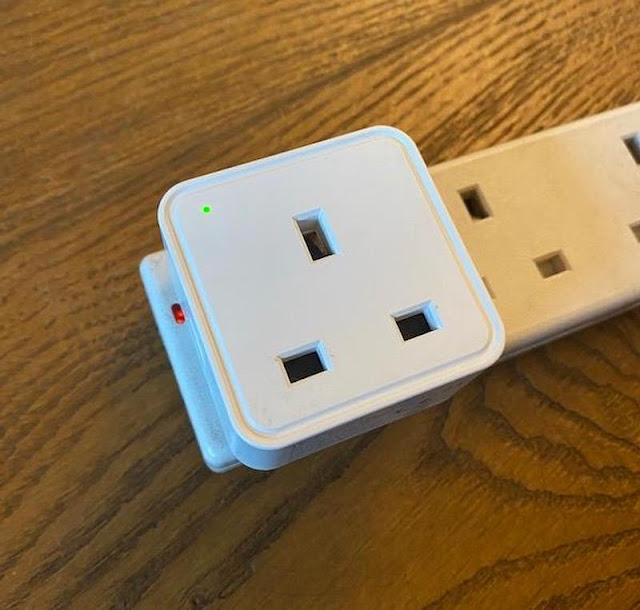
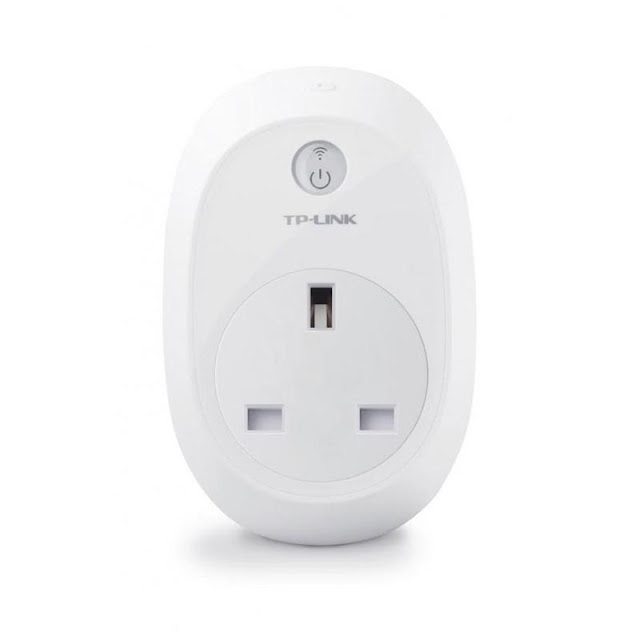


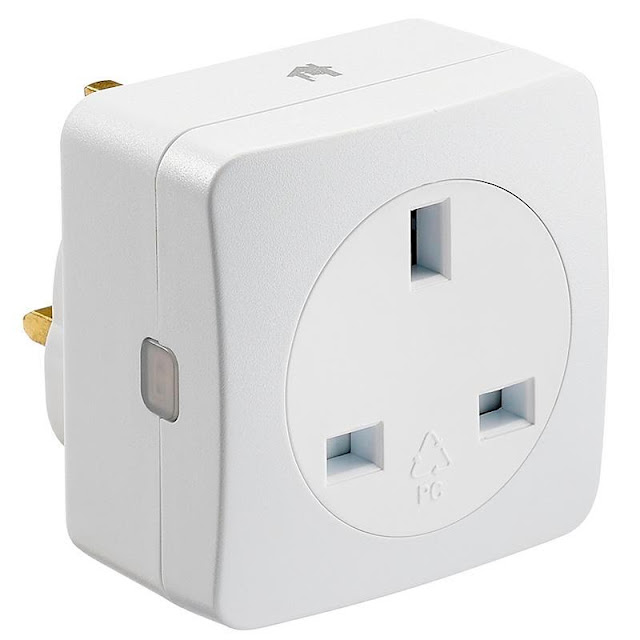

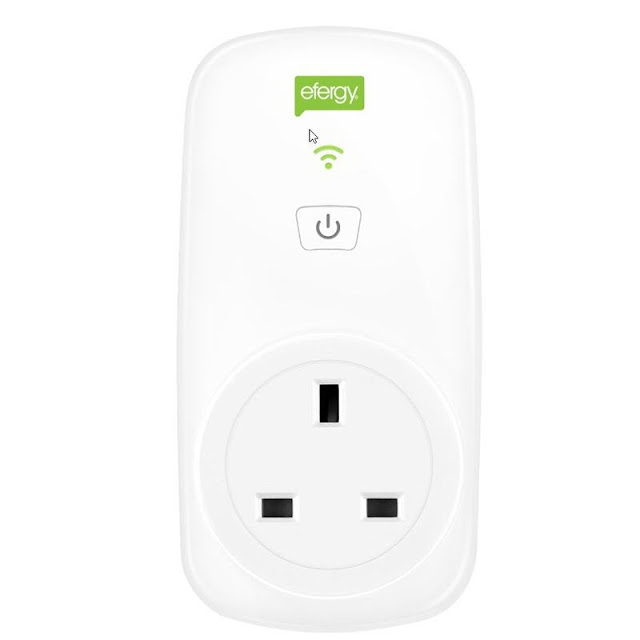
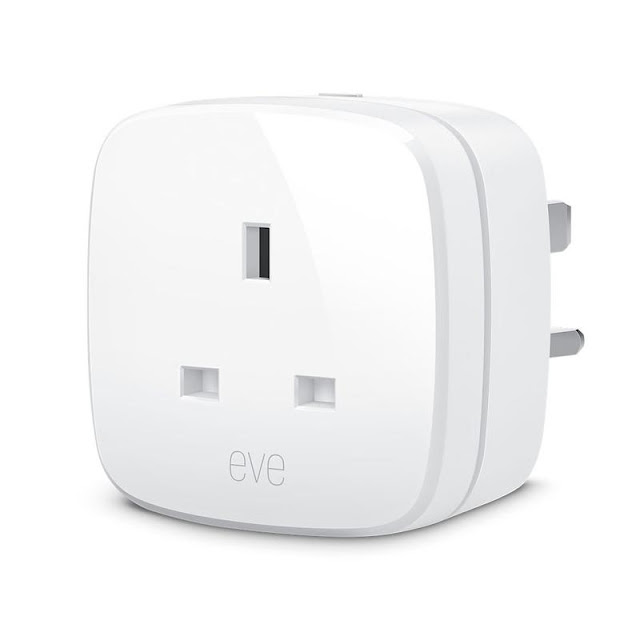


0 comments:
Post a Comment